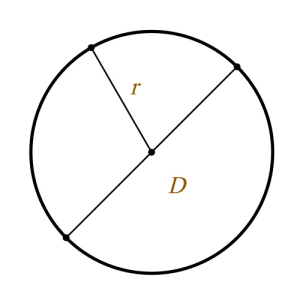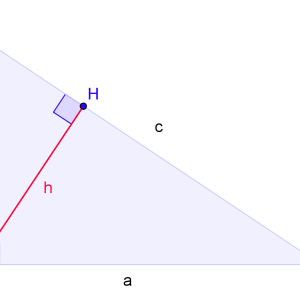There are several methods for calculating a square root without a calculator.
How to find a root from among - 1 way
- One of the methods is to decompose the factors that are under the root. These components as a result of multiplication form an inhibited value. The accuracy of the result obtained depends on the number under the root.
- For example, if you take the number 1,600 and start laying it on multipliers, then the reasoning will be constructed in this way: this number is multiple 100, it means that it can be divided into 25; Since the root from among 25 is removed, the number is square and suitable for further computing; When divided, we get another number - 64. This number is also square, so the root is retrieved well; After these calculations, under the root, you can write the number 1600 in the form of a piece of 25 and 64.
- One of the rules for extracting the root says that the root from the product of the multipliers is equal to the number that is obtained by multiplying the roots from each multiplier. This means that: √ (25 * 64) \u003d √25 * √64. If from 25 and 64 remove the roots, then we obtain such an expression: 5 * 8 \u003d 40. That is, the square root from among 1600 is 40.
- But it happens that the number under the root is not laid out by two factors from which the whole root is extracted. Usually this can be realized only for one of the multipliers. Therefore, it is not possible to find a completely accurate answer in such an equation.
- In this case, only approximate value can be calculated. Therefore, it is necessary to extract the root of the multiplier, which is a square number. This value is then multiplied to the root of the second number, which is not a square member of the equation.
- It looks in this way, for example, take the number 320. It can be decomposed on 64 and 5. Of the 64, the whole root can be removed, and out of 5 - no. Therefore, the expression will look like this: √320 \u003d √ (64 * 5) \u003d √64 * √5 \u003d 8√5.
- If necessary, you can find the approximate value of this result, calculating
√5 ≈ 2,236, therefore, √320 \u003d 8 * 2,236 \u003d 17.88 ≈ 18. - Also, the number under the root can be decomposed into several simple multipliers, and the same can be made from under it. Example: √75 \u003d √ (5 * 5 * 3) \u003d 5√3 ≈ 8.66 ≈ 9.
How to find a root from among - 2 ways
- Another way is to divide into a column. The division occurs similarly, but only to look for square numbers, of which then retrieve the root.
- In this case, the square number is writing from above and take it in the left side, and the extracted root is below.
- Now you need to double the second value and write down the right in the form: number_x_ \u003d. The skips must be filled with a number that will be less than or equal to the required value of the left - everything is as in conventional division.
- If necessary, this result is subtracted on the left. Such calculations continue until the result is reached. Zeros can also be added until you get the desired number of semicolons.
































